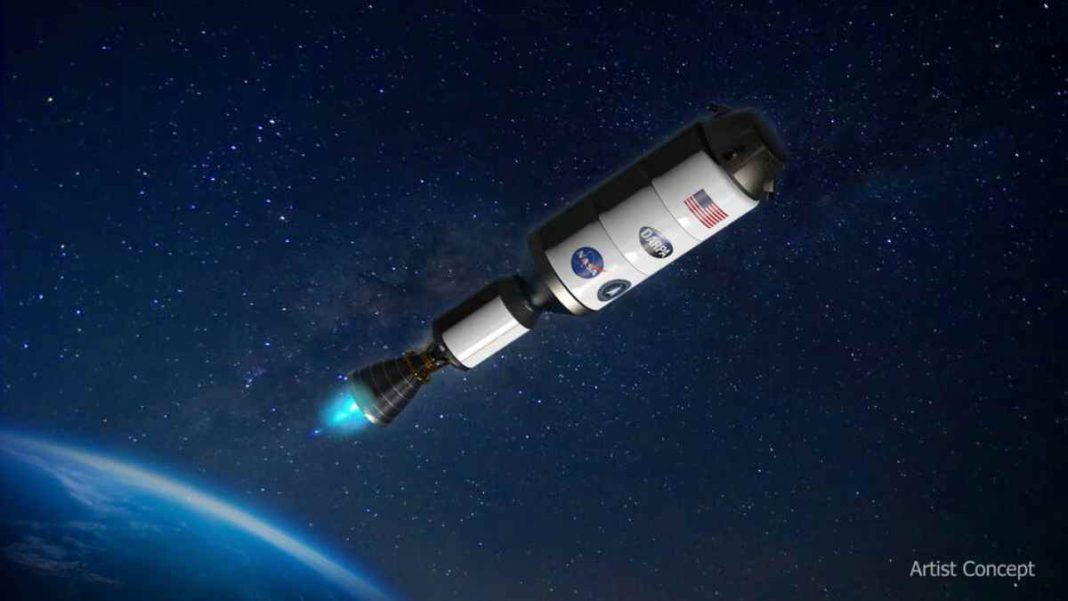UNITED STATES: The future of space exploration is set to take a giant leap forward as NASA, in partnership with the Defense Advanced Research Projects Agency (DARPA), announces its groundbreaking Demonstration Rocket for Agile Cislunar Operations (DRACO) program.
This ambitious initiative aims to design, build, and test a revolutionary nuclear-powered rocket, opening up new possibilities for crewed missions to Mars and beyond. Lockheed Martin has been selected to lead the charge, with the targeted test launch scheduled for 2027.
NASA’s decision to pursue nuclear propulsion represents a significant leap in propulsion technology, offering the potential to transform space travel as we know it. With the application of nuclear power, crewed missions to Mars could see a remarkable reduction in travel time, making these journeys safer and less complex for astronauts.
The fundamental advantage of nuclear-powered rockets lies in their incredible efficiency, which surpasses that of conventional chemical rockets by more than twofold. By requiring significantly less propellant, these rockets offer an increased capacity to carry essential scientific equipment, enabling more ambitious and fruitful missions.
Lockheed Martin, a renowned aerospace company, will play a key role in the DRACO program, taking charge of the spacecraft’s design, integration, and testing. BWX Technologies, based in Lynchburg, Virginia, will design and build the nuclear fission reactor that will power the rocket’s engine, which is the rocket’s essential heart.
Overseeing the overall management and execution of the nuclear-powered DRACO engine is NASA’s Space Technology Mission Directorate (STMD). Dr Prasun Desai, acting associate administrator for STMD at NASA Headquarters, praised the significance of prior investments in nuclear propulsion technology from the commercial sector, which is now coming to fruition with the development of the first nuclear-powered rocket for spaceflight.
The potential of nuclear propulsion extends beyond the DRACO program. The Department of Energy, industry, and NASA are actively working together on a number of additional space nuclear technology programs. These include the Fission Surface Power project and a separate endeavor to explore potential designs for future nuclear thermal spacecraft.
To bring the DRACO partnership to life, NASA has committed up to $300 million in funding. This financial support includes up to $250 million designated for the design and development agreement for the nuclear-powered engine. Moreover, it covers technical oversight and expertise from NASA personnel, ensuring the program’s smooth progression.
The advent of nuclear propulsion in space missions heralds a new era of exploration, promising safer, more efficient crewed missions to Mars and beyond. The DRACO program represents a bold step forward, unlocking the true potential of space travel and pushing the boundaries of human ingenuity.
With Lockheed Martin at the helm and the combined efforts of NASA, DARPA, and BWX Technologies, the vision of nuclear-powered rockets taking us to the stars is closer to becoming a reality.
Also Read: Unraveling the Solar Mystery: Astounding Discovery Sheds Light on the Sun’s Scorching Corona



